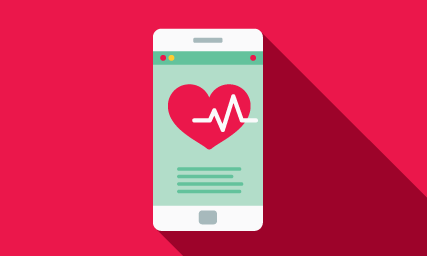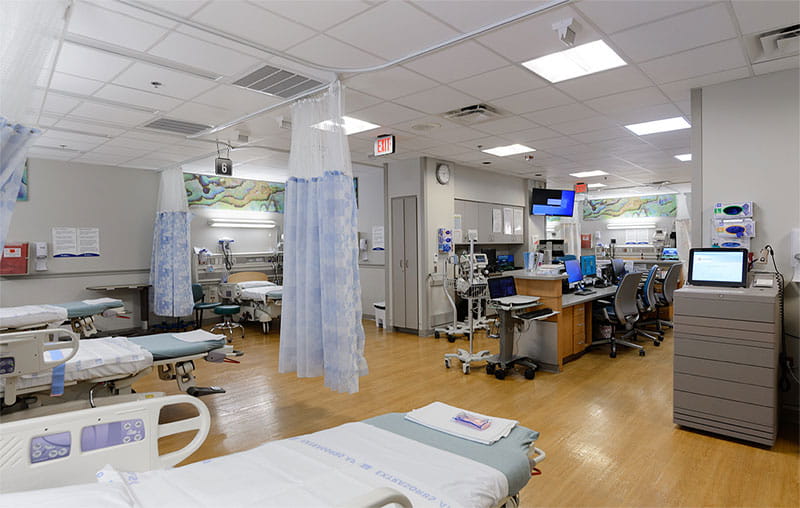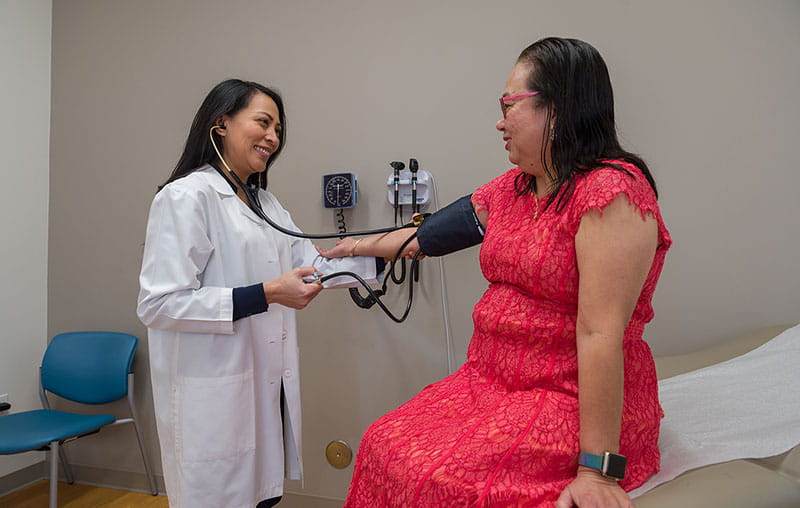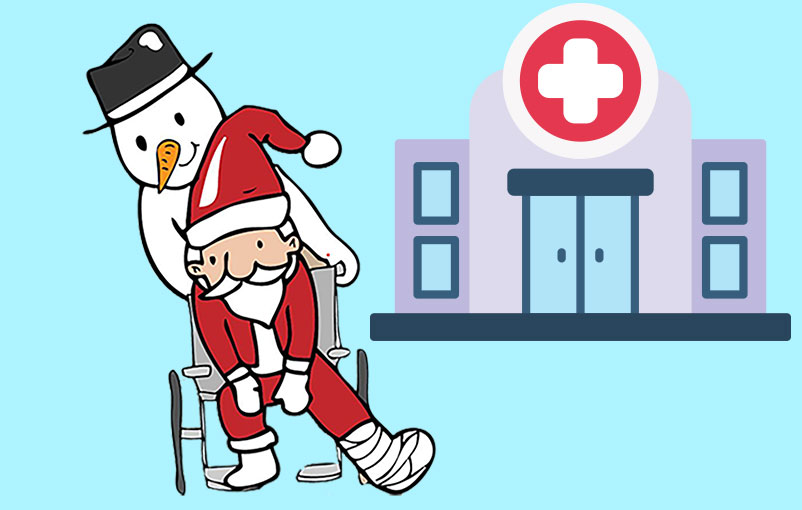The COVID-19 outbreak has caused all of us to be more protective of our health. We’re trying to stay healthy by following guidelines recommended by local officials and national health organizations. Washing our hands regularly, covering our nose and mouth when out in public and observing social distancing should continue to be a priority.
But members of the public still need the emergency room for events that aren’t coronavirus related.
For some, the anxiety of getting COVID-19 has created a hyper awareness of those around them – to such a degree that they’re not going to the emergency room when they need it most.
“There is a risk in ignoring symptoms and it can result in worse outcomes and we don’t want that for any or our patients,” says Dr. Christina Bird, medical director of the emergency department at University Hospital.
“We don’t want folks staying home when they are experiencing symptoms that could be consistent with an emergency such as a heart attack or stroke due to fears of potentially being exposed to coronavirus.”
According to the American Heart Association, about 805,000 Americans have a heart attack each year and about 15% die. Alarmingly, stroke is the fifth cause of death and a leading cause of disability in the United States.
If you think you’re having a heart attack or stroke – time is critical - call 911.
Recognize symptoms of a heart attack
- Chest discomfort is a common symptom that lasts more than a few minutes or it goes away and then returns. People have described it as an uncomfortable pressure, squeezing, fullness or pain.
- Pain or discomfort in one or both arms, the back, neck, jaw or stomach are possible symptoms of a heart attack.
- Shortness of breath can occur with or without chest discomfort.
- Breaking out in a cold sweat, nausea or lightheadedness are other possible symptoms.
Recognize the symptoms of a stroke
The acronym FAST can help you remember the major signs of stroke.
- Face drooping
- Arm weakness
- Speech difficulty
- Time to call 911
Deciding to stay at home during a medical emergency can cause the loss of precious time without medical intervention, resulting in life-long consequences.
It’s important that you know the symptoms of these life threatening conditions. The American Heart Association reports that millions of Americans are unaware of common heart attack symptoms.
A recent study revealed that 6% of the respondents, representing 13.5 million adults in the U.S. didn’t even know a single symptom of a heart attack. Additionally, when asked what is the best response to a suspected heart attack - among the choices of calling ‘emergency medical services’ or ‘other’ - 4.5% of participants in the study chose ‘other.’
It’s important to be able to recognize a major medical event and quickly take action to help yourself or others get appropriate treatment. Don’t hesitate to go to the hospital or an emergency room. Medical professionals in the ER are prepared to help you with your emergency and extensive measures are taken to protect you from getting COVID-19.
Dr. Bird wants the public to understand that University Hospital has designated treatment areas within its emergency department that are used for patients who are at risk for coronavirus which is separate from the areas used to treat those with non-coronavirus type symptoms.
She added, “We also have screening of all patients at all entry points into the emergency department where we ask about possible coronavirus symptoms and mask all patients who have those symptoms and then assign them to the correct designated treatment area.”
In addition, staff are masked as well and wear additional personal protective equipment when needed. “We are here and ready to care for all our patients and want to ensure that we take the best care of them possible. We are confident we can do this safely and efficiently even in the midst of the coronavirus pandemic,” Dr. Bird concluded.

Heart disease is the leading cause of death for both men and women.
Our free online risk assessment only takes a few minutes. It will help you better understand your risk of developing heart disease and how you may be able to lower it.




